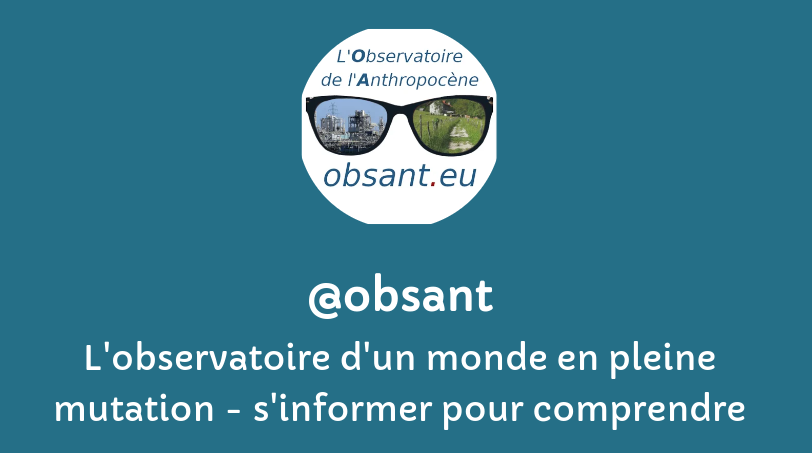Recherche : Articles ![]() Audio – podcast
Audio – podcast ![]() Fiches
Fiches ![]() Livres
Livres ![]() Sites
Sites ![]() Vidéos
Vidéos ![]() retour Veille
retour Veille
Uniquement les fiches et Documents
Pour voir les références d’un(e) auteur(e), cliquez sur son nom. Pour revenir à la page, utilisez le bouton refresh ci-dessous.
Cela fonctionne également avec les mot-clés de chaque référence.
filtre:
rain
La protection et la conservation des eaux souterraines relèvent d’une importance majeure pour le bon fonctionnement des écosystèmes qui en dépendent et parce qu'elles constituent une ressource pour l’approvisionnement en eau destinée à la consommation humaine. Après le nitrate, les pesticides constituent le second facteur de dégradation de la qualité des eaux souterraines.
L'Ademe publie le résultat d'une enquête sur nos habitudes de consommation, et tout ce qui fait notre quotidien y passe : déplacements, logement, achats, alimentation, etc, avec 256 pages de résultats détaillés
The sixth assessment report of the IPCC assessed that the Arctic is projected to be on average practically ice-free in September near mid-century under intermediate and high greenhouse gas emissions scenarios, though not under low emissions scenarios, based on simulations from the latest generation Coupled Model Intercomparison Project Phase 6 (CMIP6) models. Here we show, using an attribution analysis approach, that a dominant influence of greenhouse gas increases on Arctic sea ice area is detectable in three observational datasets in all months of the year, but is on average underestimated by CMIP6 models. By scaling models’ sea ice response to greenhouse gases to best match the observed trend in an approach validated in an imperfect model test, we project an ice-free Arctic in September under all scenarios considered. These results emphasize the profound impacts of greenhouse gas emissions on the Arctic, and demonstrate the importance of planning for and adapting to a seasonally ice-free Arctic in the near
Emmanuel Todd analyse les rouages méconnus de la guerre en Ukraine, qui s'étend de plus en plus vite au monde entier....
Conference: Doctorales 2022 de la Société Française des Sciences de l'Information et de la Communication (SFSIC)At: Dijon
Metals will play a central role in successfully building Europe’s clean technology value chains and meeting the EU’s 2050 climate-neutrality goal. In the wake of supply disruptions from the COVID-19 pandemic and Russia's invasion of Ukraine, Europe’s lack of resilience for its growing metals needs has become a strategic concern. This study evaluates how Europe can fulfil its goal of “achieving resource security” and “reducing strategic dependencies” for its energy transition metals, through a demand, supply, and sustainability assessment of the EU Green Deal and its resource needs . It concludes that Europe has a window of opportunity to lay the foundation for a higher level of strate- gic autonomy and sustainability for its strategic metals through optimised recycling, domestic value chain investment, and more active global sourcing. But firm action is needed soon to avoid bottlenecks for several materials that risk being in global short supply at the end of this decade.
Measures implemented this year could bring down gas imports from Russia by over one-third, with additional temporary options to deepen these cuts to well over half while still lowering emissions.
Du consensus scientifique à l'action publique
As a leading climate scientist, Paola Arias doesn’t need to look far to see the world changing. Shifting rain patterns threaten water supplies in her home city of Medellín, Colombia, while rising sea levels endanger the country’s coastline. She isn’t confident that international leaders will slow global warming or that her own government can handle the expected fallout, such as mass migrations and civil unrest over rising inequality. With such an uncertain future, she thought hard several years ago about whether to have children.
abs_empty
![]()



